Gemini IV: Inside NASA's First Spacewalk Mission (Photos)
Zero-G Tools
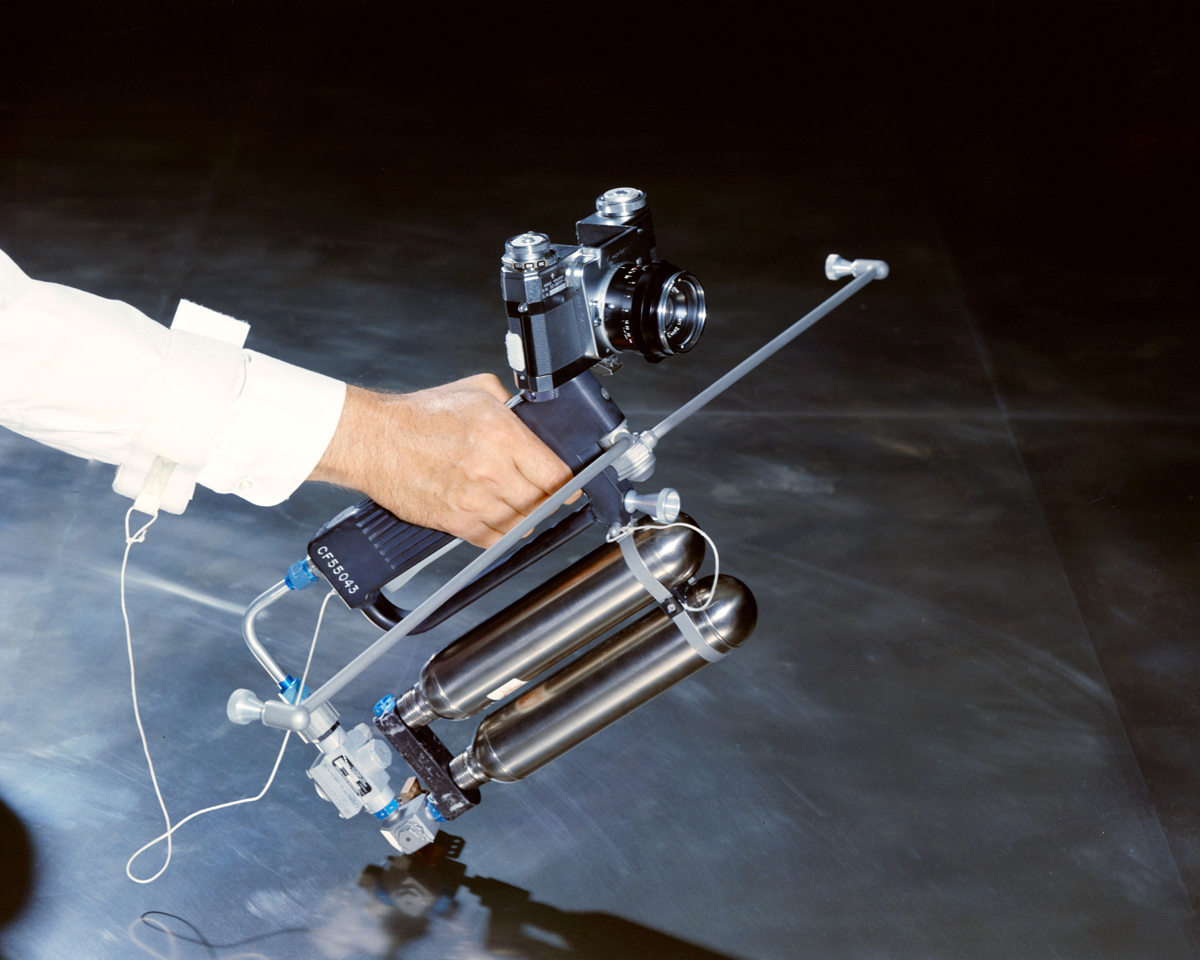
Specialized tools for the unique conditions in space help and protect astronauts. The hand-held self-maneuvering unit will be used by astronaut Edward H. White II, Gemini 4 pilot, when he performs extravehicular activities outside the safety of the Gemini 4 spacecraft. The device produces controlled thrust using high pressure metering valves and nozzles and is attached to the astronaut's spacesuit by a cord. A camera was added to the front of the device for imaging of the launch vehicle second stage, the Gemini 4 and Earth.
Fisheye View
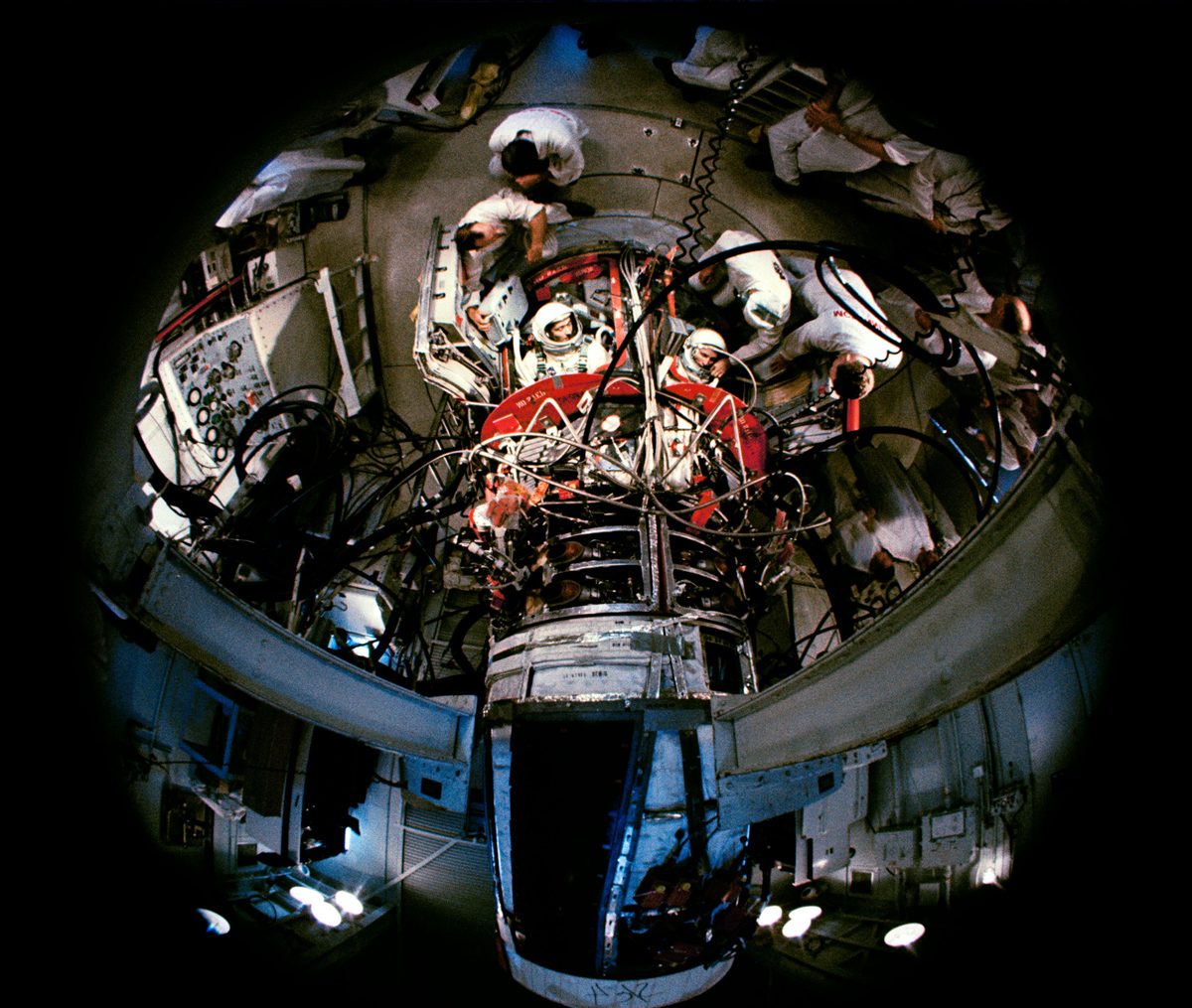
On June 3, 1965, Gemini 4 astronauts, James A. McDivitt and Edward H. White II participate in simulation exercises inside the Gemini 4 spacecraft at Cape Kennedy's Pad 19 in Florida.
Navigating the Stars
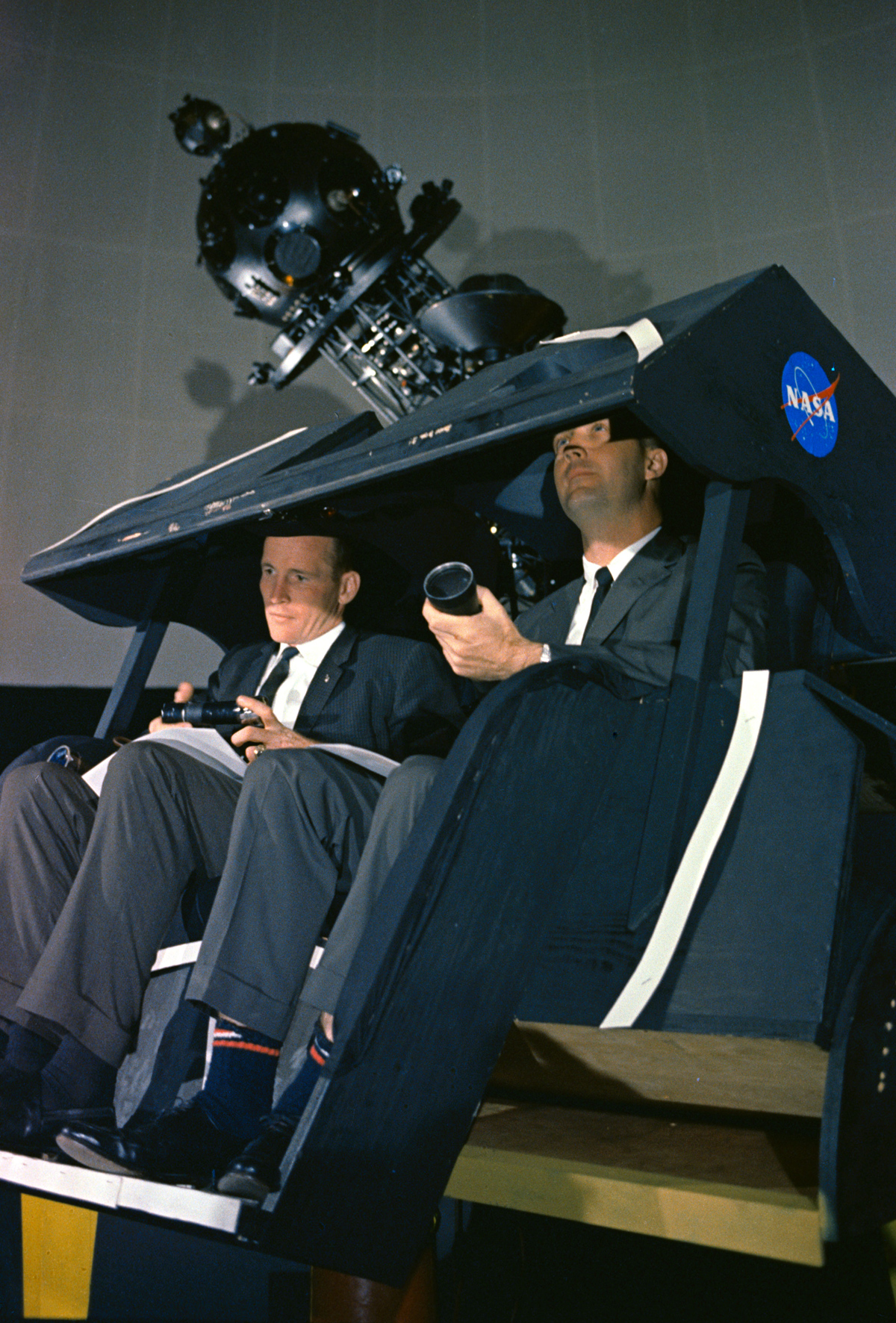
Additional training for the Gemini 4 mission included astronauts James A. McDivitt (right) and Edward H. White II visiting Morehead Planetarium in North Carolina to examine celestial navigation equipment.
Pre-Countdown Practices
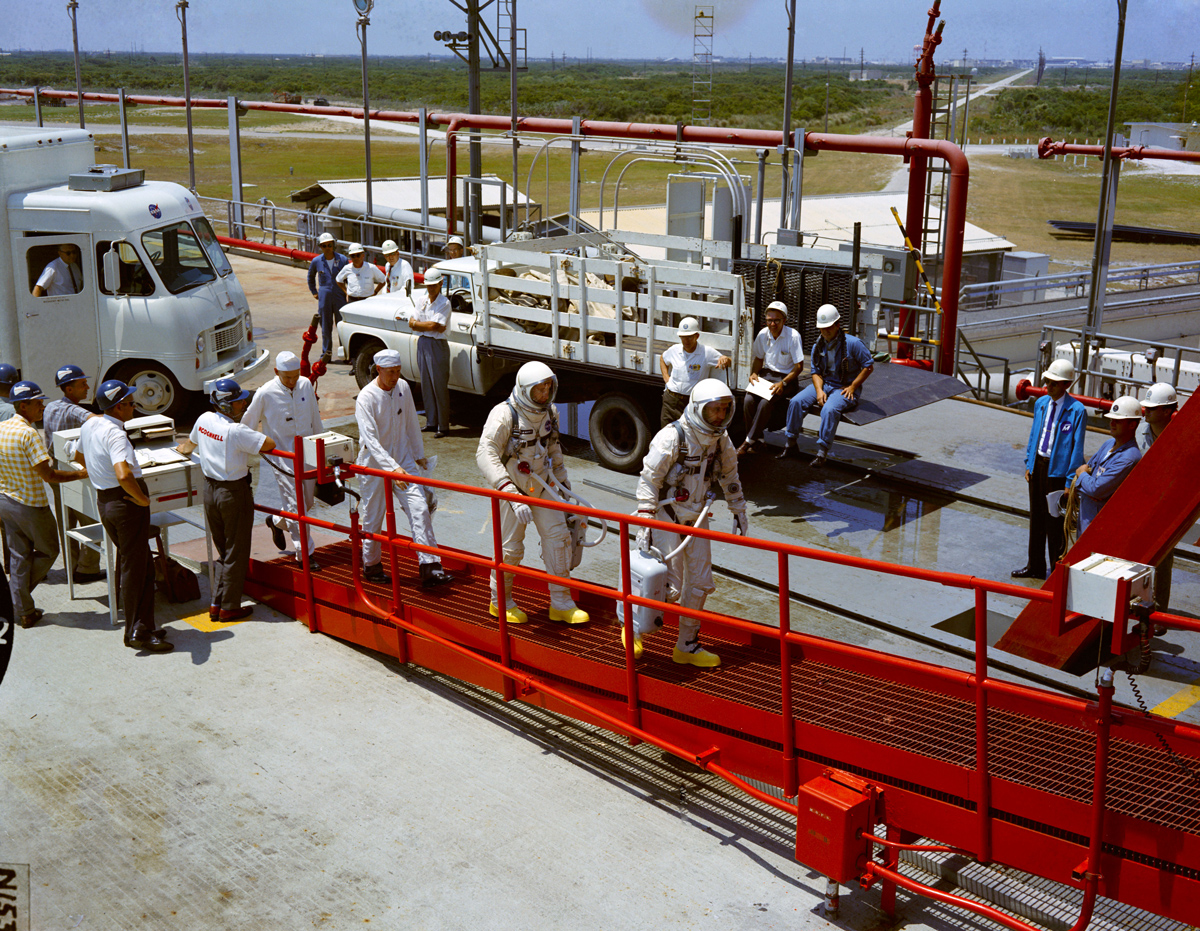
On May 14, 1965, the Gemini 4 prime crew make their way up the ramp to the Pad 19 elevator in a simulation exercise in preparation for the June 3 launch. Astronaut James A. McDivitt, command pilot, leads the group as astronaut Edward H. White II, pilot, follows him up the ramp.
Gemini 4 Launch
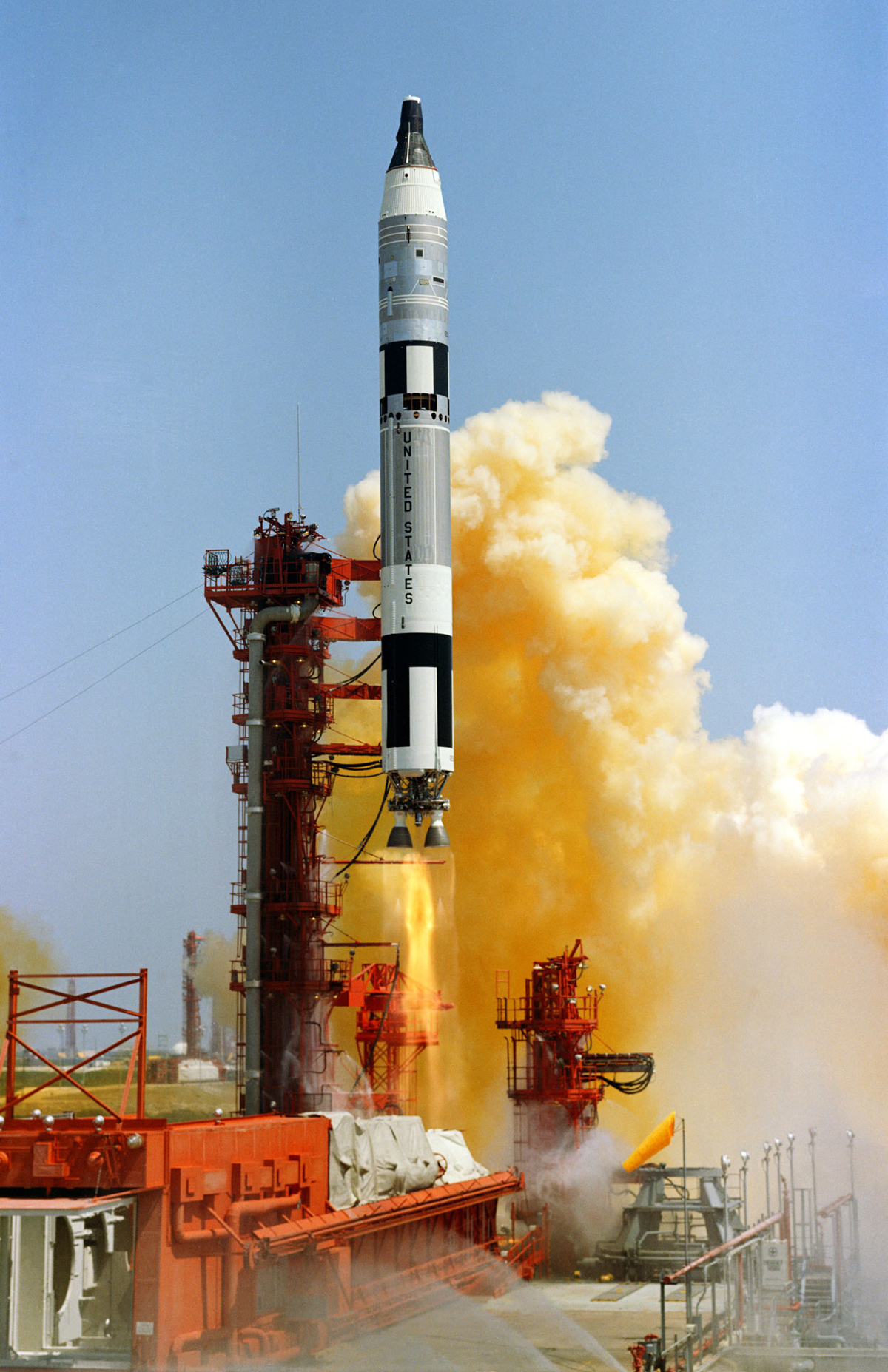
The Gemini 4 spacecraft, atop the Titan space vehicle, launches from Pad 19 at Cape Kennedy at 10:16 a.m. (EST) carrying the prime crew made up of astronauts James A. McDivitt, command pilot, and Edward H. White II, pilot. The mission is to last four days and orbit the Earth 62 times
From a Distance
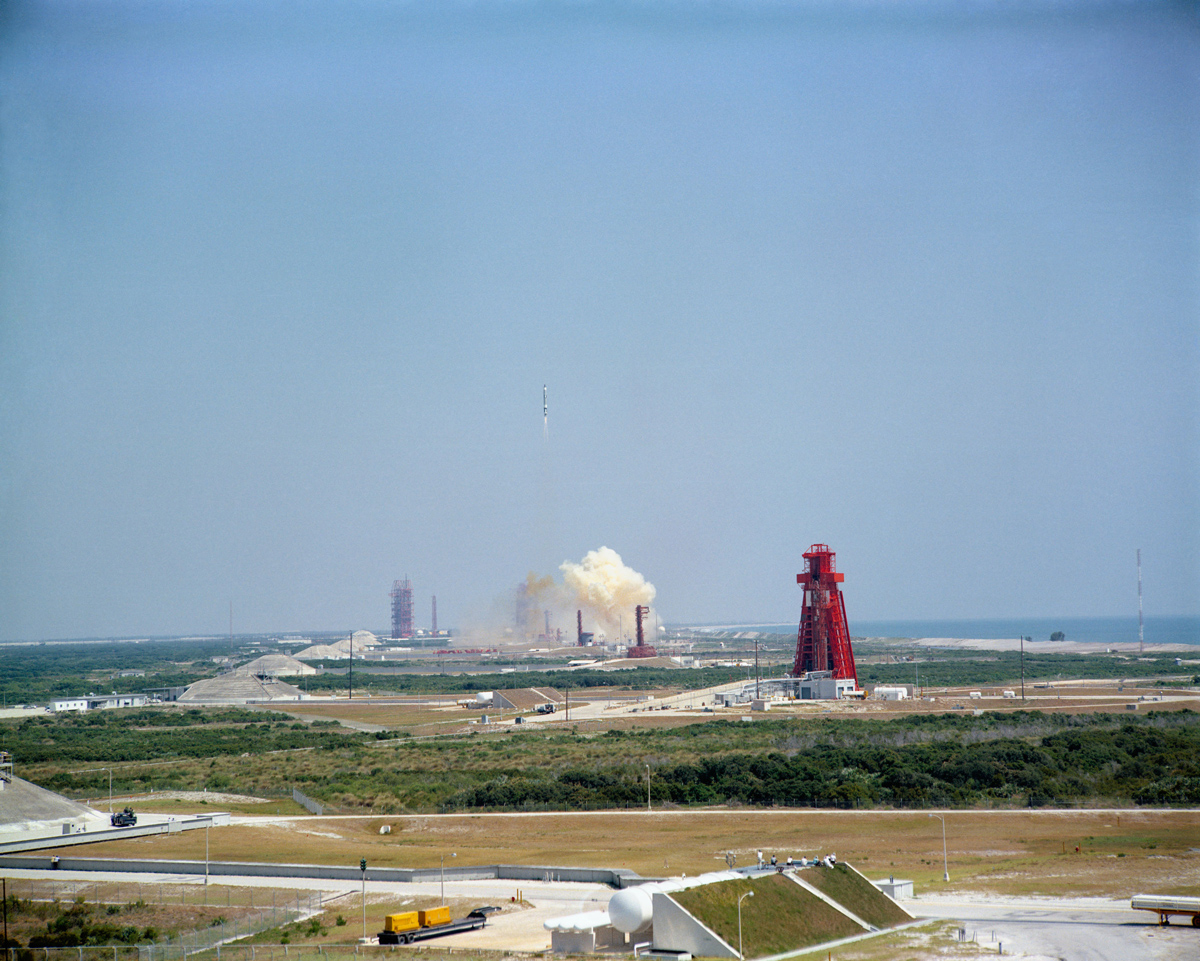
From across Cape Canaveral, the Gemini 4 can be seen atop the Titan space vehicle launching from Pad 19 on June 3, 1965 carrying astronauts A. McDivitt, command pilot; and Edward H. White II, pilot. The Gemini mission was a four-day long mission, orbiting the Earth 62 times and lasting almost 98 hours.
The First EVA
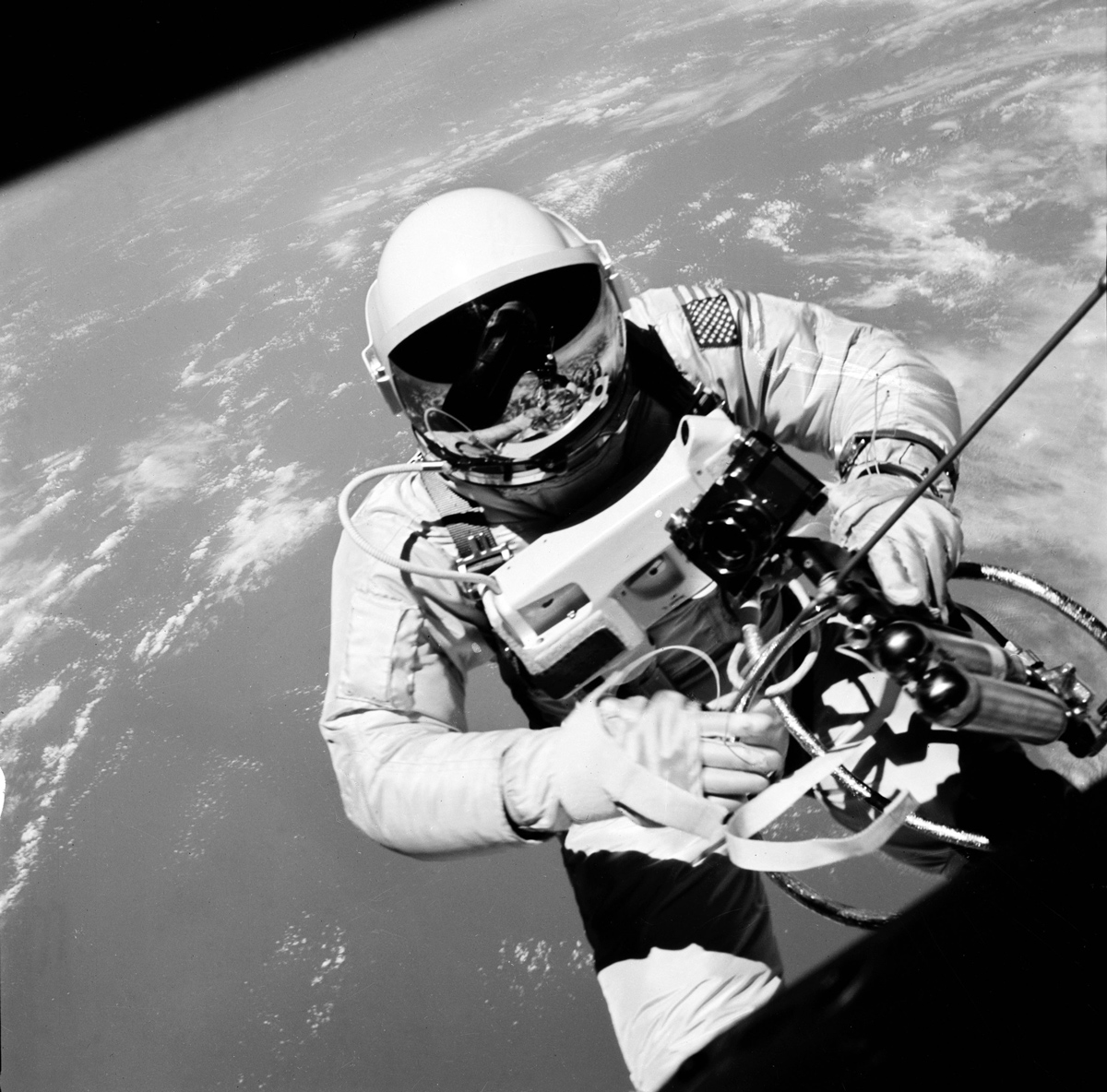
Floating outside the Gemini 4 spacecraft, astronaut Edward H. White II, pilot for the mission, was the first American to walk in space. His extravehicular activity lasted 21 minutes during the third revolution around Earth. White's helmet has a specially designed visor protecting him from the unfiltered rays of the sun. He's using the hand-held self-maneuvering unit (HHSMU) to control his movements. A 25-foot umbilical line and a 23-foot tether hold him to the craft.
Get the Space.com Newsletter
Breaking space news, the latest updates on rocket launches, skywatching events and more!
High Hopes
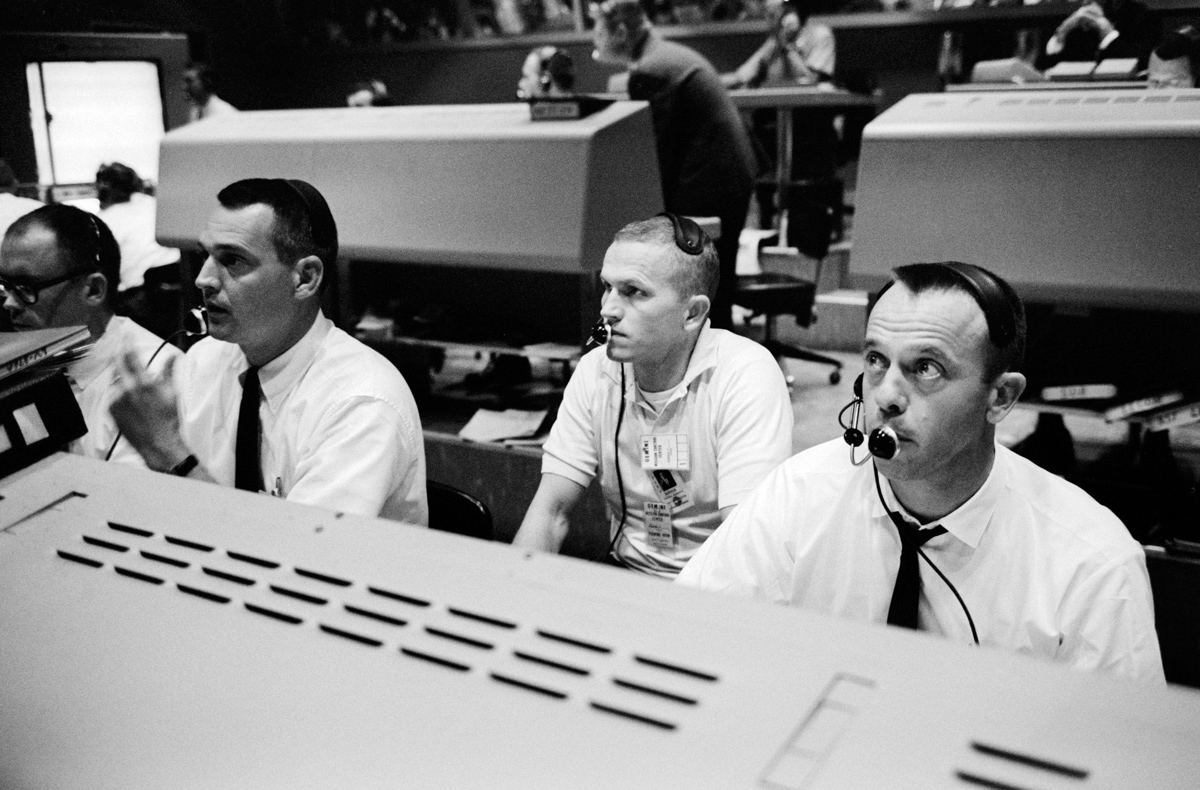
On June 3, 1965, astronauts from left, Clifford C. Williams Jr., Frank Borman and Alan B. Shepard Jr. Borman, who was backup command pilot for the Gemini 4 mission, sit at their consoles during the Gemini 4 launch, monitoring the flight from Mission Control.
Safety in Space

On June 23, 1965, astronaut Edward H. White II, Gemini 4 pilot floats out the Gemini 4 spacecraft in a specially designed spacesuit. His gold-plated visor protect him from the sun's unfiltered rays. The device in his right hand — the hand-held self-maneuvering unit (HHSMU) allows him to control his movements in space and the attached camera allows him to take images of his surroundings. Wrapped in gold tape, the 25-foot umbilical line and the 23-foot tether line, connect him to the craft during the first extravehicular activity.
Suited Up
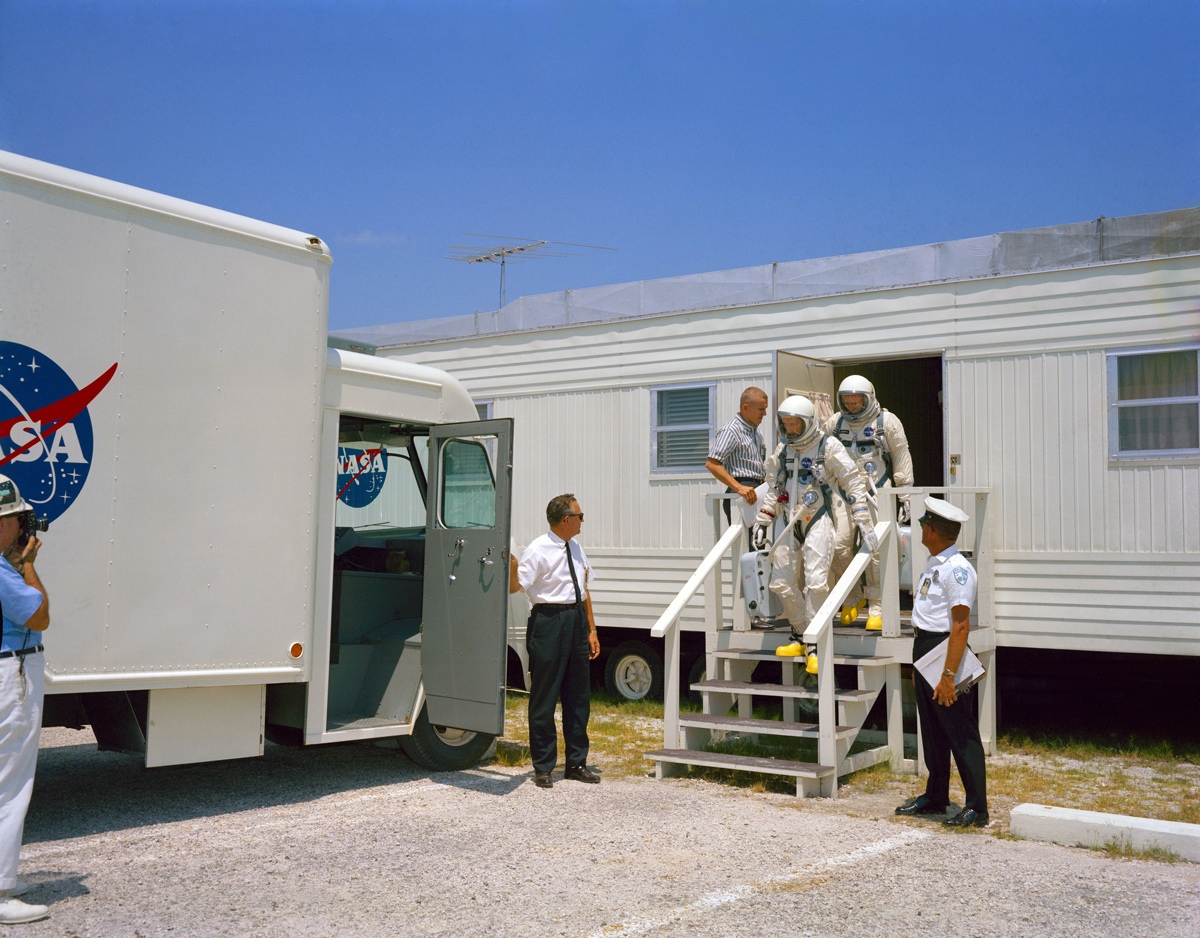
Ready for launch, astronauts James A. McDivitt and Edward H. White II. exit the suiting trailer and head over to Pad 16 for the Gemini 4 launch.
Join our Space Forums to keep talking space on the latest missions, night sky and more! And if you have a news tip, correction or comment, let us know at: community@space.com.
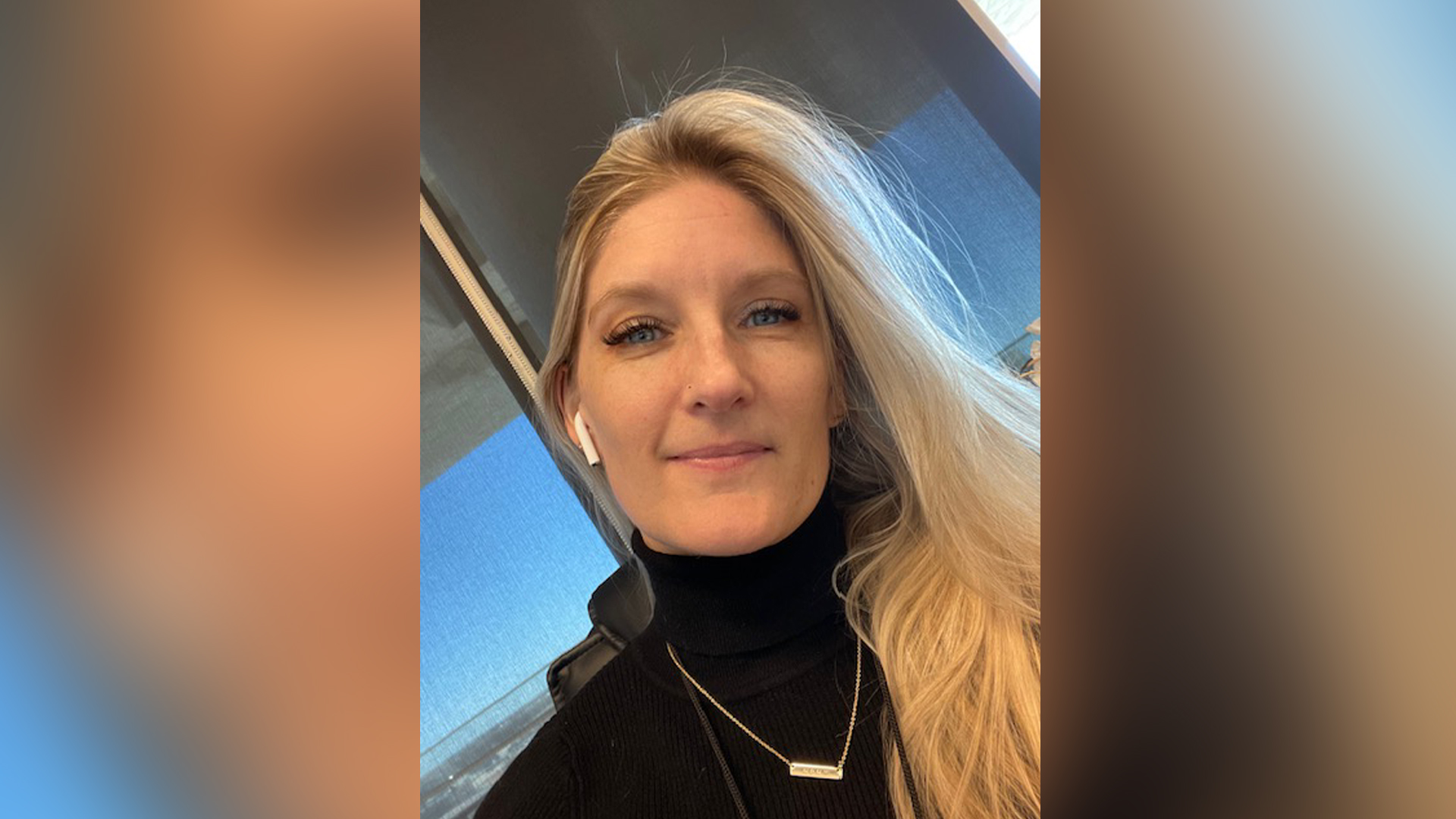
Christine Lunsford joined the Space.com team in 2010 as a freelance producer and later became a contributing writer, covering astrophotography images, astronomy photos and amazing space galleries and more. During her more than 10 years with Space.com, oversaw the site's monthly skywatching updates and produced overnight features and stories on the latest space discoveries. She enjoys learning about subjects of all kinds.









